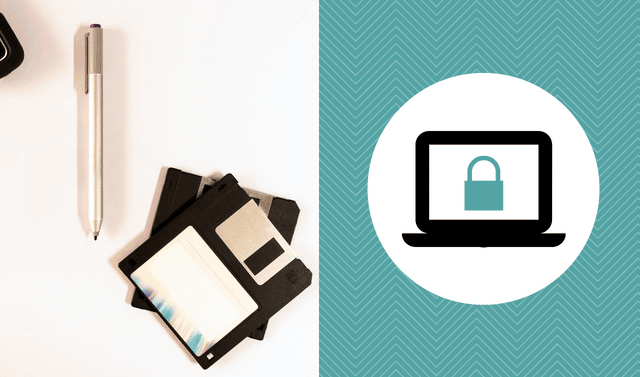Sign up for the Family Tree Newsletter Plus, you’ll receive our 10 Essential Genealogy Research Forms PDF as a special thank you!
Get Your Free Genealogy Forms
"*" indicates required fields

Major libraries and archives are digitizing their collections and sharing them online. Can a family do the same with its treasures? We asked Denise Barrett Olson, author of The Researcher’s Digital Toolbox Series.
Q. What goes in a digital family archive?
A. Pictures, of course, of people and heirlooms. My family is photographing special family artwork such as portraits and works by talented relatives. You also can digitize documents: journals, deeds, wills, postcards, letters and recipes. A lot of people are doing oral histories. These sound and video files can go in your archive.
Q. What formats are best for archiving files?
A. Technology doesn’t stay still long enough to define a standard. But think about the quality of the format and how universally accessible it is. For images, the TIF format is the first choice right now; it has the highest quality and won’t degrade each time it’s opened and saved (JPG files do). For documents, anyone can read the PDF format regardless of software or operating system. For sound files, the MP3 may not be the best-quality format, but it’s usable on all of the current platforms on the Mac and in Windows.
Q. Should a digital archive be offline or online?
A. I say take advantage of both. Each has pluses and minuses. Offline, you ensure your privacy. But online, you can take advantage of free or inexpensive storage space and services provided by sites such as Flickr. You have the added security of offsite storage: I live in Hurricane Alley so I want my files offsite. It’s easier to share with long-distance relatives online. Having both online and offline storage means you’ve got backups.
Q. So you don’t have to purchase expensive storage space for a digital archive?
A. No. Choose good platforms for sharing each type of file. I like Flickr or Instagram for photos; YouTube or Vimeo for videos; and Scribd for documents. Store files at these sites and link to them from your site. You can create a free blog on Blogger or WordPress to share stories and archived items.
Q. What sites do you use for your digital archive?
A. I have two blogs. One is a public blog about local and family history on WordPress. The other is a private blog for family members on Posterous. My photos are at Flickr (Flickr Pro offers unlimited storage for $59.99 a year), videos at Vimeo (my premium membership costs $75 a month), and my documents are at Scribd, which doesn’t cost a dime.
A version of this interview appeared in the December 2012 issue of Family Tree Magazine.
ADVERTISEMENT




